In pictures: Princess Diana's time in Scotland
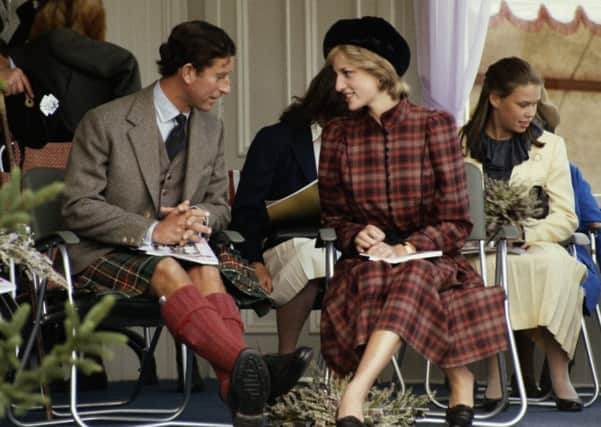

But in the wake of her sudden death, and even during her short life, doubts emerged over whether the feeling was entirely mutual, despite the fact Diana and her family had Scotland in their blood.
Her mother, Frances Shand Kydd, divided her time between London and Ardencaple House on the Argyll island of Seil, eventually eschewing the former to spend her final years beside the Firth of Lorn, while Diana’s grandmother, Ruth Fermoy, hailed from the Aberdeen suburb of Bieldside.
Advertisement
Hide AdAdvertisement
Hide AdThough such links ensured she came north frequently as a child, as she entered adulthood - and the glare of public life - it seemed she never had the same natural affinity for Scotland as demonstrated her future mother-in-law or, indeed, her husband-in-waiting.
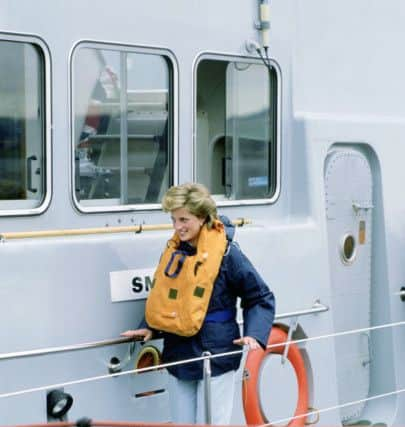

Considering the initial welcome she received once she was part of their family, few could have truly blamed her. Ahead of her first official engagement north of the border in February 1983 to open a new unit at the Royal Hospital for Sick Children at Yorkhill, the Scottish National Liberation Army claimed responsibility for a letter bomb sent in protest at her visit, a missive which burst into flames in Glasgow’s City Hall.
Diana, thankfully, was unharmed and undeterred, and fulfilled her engagements, even finding time to take tea and cake at the home of Bert and Helen McAllen, an elderly couple from the city’s Easterhouse area, who had written to the young princess in hope if not expectation.
“She wasn’t what my idea of royalty was,” Mrs McAllen confided afterwards. “I always thought that royalty was a bit snobbish, but she was like the woman next door.”
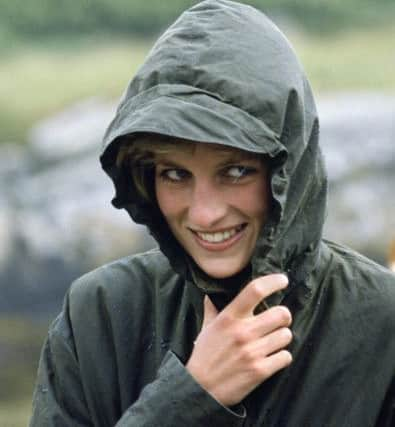

It was a personal sentiment that would soon be recognised as public opinion, and yet over the years the feeling persisted that Diana and Scotland were never quite compatible.
There is some truth in that view, although the Scotland Diana knew is not one most of its people would recognise. She would, over the years, visit the likes of hospitals and shipyards, factories and numerous charities - all obvious destinations for a high-profile royal.
Yet for her, the nation was largely synonymous with Balmoral, the Deeside estate that is a home from home for the royal family - or at least, as Diana would find out, it is for those who are born into it.
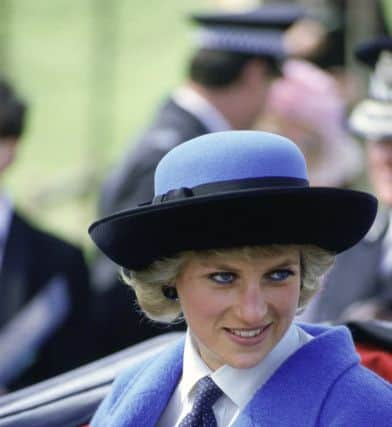

In the early days of her relationship with Prince Charles, the young Diana relished the outdoor life provided by Balmoral’s 50,000 acres and spectacular scenery, and she grew particularly fond of stalking. Not even the embarrassment of falling in a bog while tracking one animal could dim her enthusiasm for the pursuit or the setting. According to friends who were in attendance, she simply got up, scooped the mud off her clothes, and laughed it off. Asked to reflect at the time on her impressions of the estate, she was fulsome in her praise. “It’s the most beautiful place in the world,” she cooed.
Advertisement
Hide AdAdvertisement
Hide AdPhotographs from another trip, which captured her gazing lovingly at her royal boyfriend as he fished on the banks of the Dee, let the world know that, despite their tender years, their relationship was a serious one. It was fitting therefore, that once they married before a watching world, the couple opted to spend part of their globetrotting honeymoon at Balmoral.
It ought to have been one of the happiest times in Diana’s life, and at the time, it seemed to be just that. Publicly, she told members of the press that she would “thoroughly recommend married life.” In private, however, it was a different story entirely. During the stay, Charles tended to prefer his own company, or that of a larger group, but their time as a couple - as newlyweds - was fleeting. Numerous accounts of the period have claimed it was during the honeymoon that Diana learned of her husband’s affections for Camilla Parker Bowles.
It was to be a moment which defined both the marriage and Diana’s view of Balmoral. Her initial whirlwind romance with the estate dimmed before eventually hardening into resentment. In later years, she would try and make the most of the long, lingering weeks in Scotland, taking her young sons, William and Harry, swimming at the nearby Craigendarroch country club, or dutifully turning out at events such as the Braemar gathering.
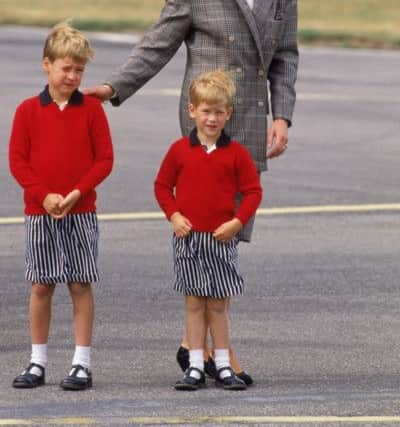

Eventually, however, the need to observe the protocol, formalities and strictures of Balmoral life took its toll. Her bulimia was at its worst during her trips to Scotland and she tried to self-harm.
In the controversial book, ‘Diana: Her True Story’, based on interviews with the Diana, the author, Andrew Morton, quoted her addressing her time at Balmoral in candid fashion.
“I love Scotland but just the atmosphere drains me to nothing,” she told the writer. “I go up [as] ‘strong Diana’, I come away depleted of everything because they just suck me dry, because I tune in to all their moods, and boy, are there some undercurrents there!”
As a result, Diana’s trips to Balmoral grew less frequent over the years, and sometimes she would fly home to London alone. In 1987, the cracks in her union with Charles began to widen when he spent a month on the estate without his wife. Those cracks became a chasm, and by the time their divorce was finalised in August of 1996, it was apt that Charles should be on holiday in - where else? - Balmoral.
It may the case that, had she lived, Diana would have discovered a Scotland different to the one she knew. In the weeks before her death, there was speculation that she and her partner, Dodi Al Fayed, intended to spend time in Balnagowan Castle, a grand Easter Ross pile dating back to the 14th century which has been owned by Mr Al Fayed’s father, Mohamed, since the 1970s.
Advertisement
Hide AdAdvertisement
Hide AdWe will never know what might have been, but what has persisted in two decades since the world lost Diana is the stories of those ordinary Scot who met her.
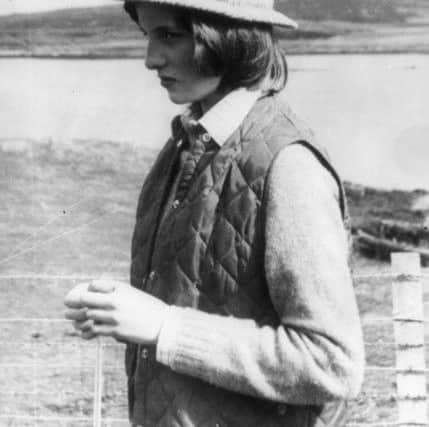

After her death, Colonel Bobby Steele from the then Erskine Hospital was one of many who shared a memory which involved Diana, recalling how she once spent time with veterans, among them a World War II veteran and amputee, at the Scottish institution.
Recalling how Diana met the veteran at his bedside, Mr Steele said: “He had his trouser leg pinned up a large safety pin. He showed it to the princess and said, ‘It’s always a good idea to have a well placed safety pin.
“She said, ‘I agree’, and pulled back her lapel to show him her well-placed safety pin.”
It is one of countless examples of Diana’s humanity, humour and candour. Balmoral may have tainted her feelings towards Scotland, but with such traits, it is little wonder its people her loved so.
